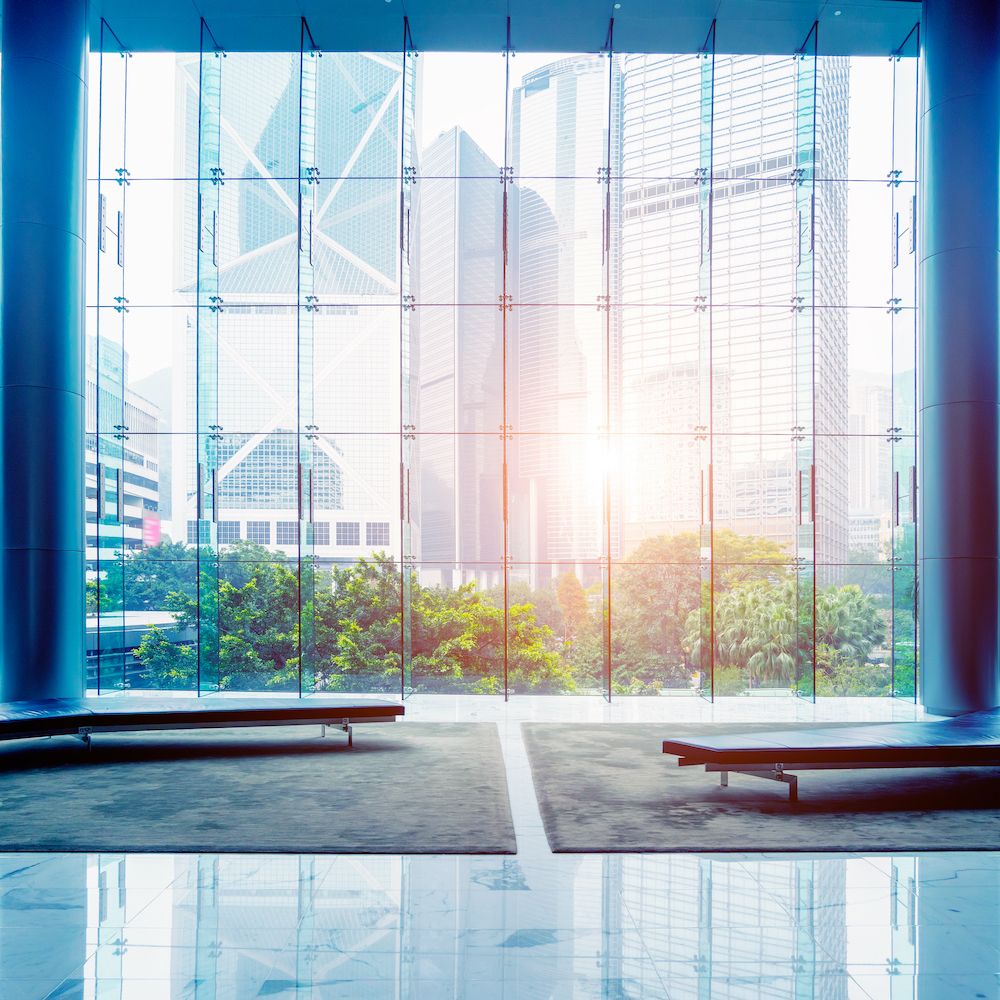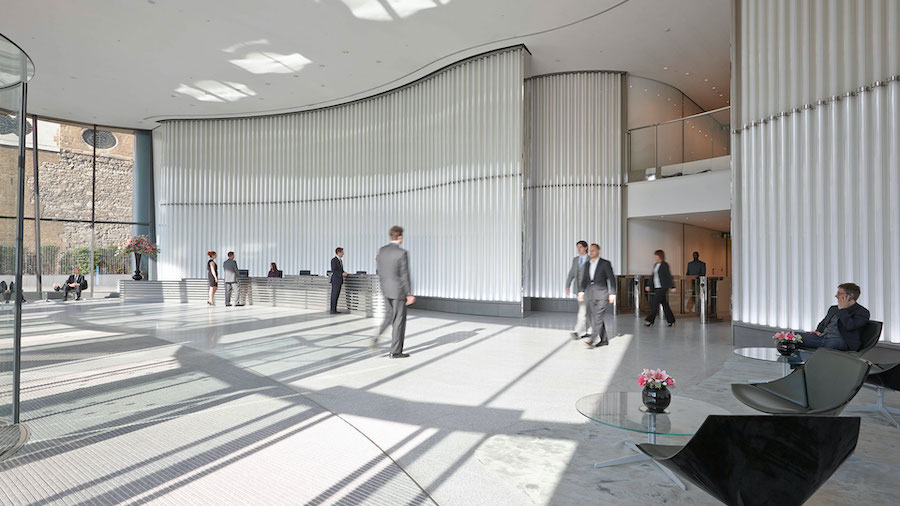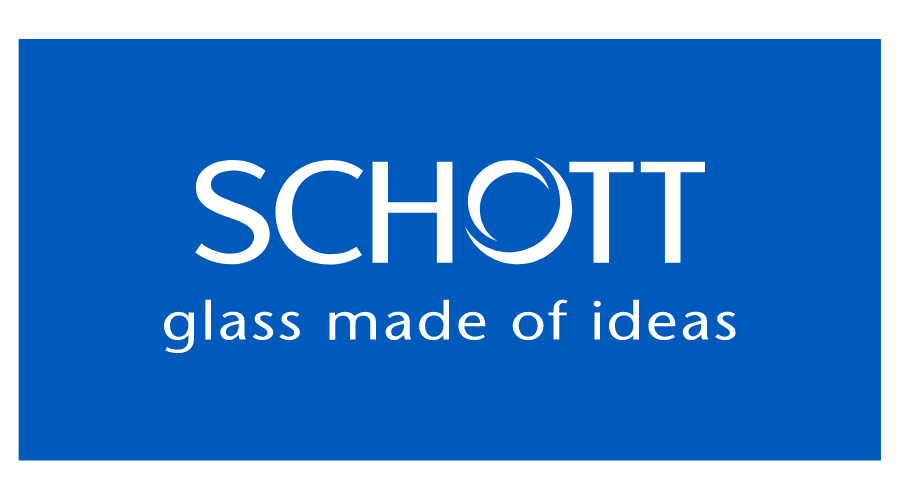An Interior with an Elegant Touch of Glass
SCHOTT AG - Glass Tubing
Modern architecture and interior design are almost always synonymous with creativity, style, and flair. But there is more that goes into it than the creative aspect. The design principles and the science behind the chosen materials are fundamental to the creation of a successful design, both aesthetically and functionally. One material that has brought about a combination of aesthetics, versatility, and functionality to the world of design is glass, and particularly glass tubing. So, what elements go into the making of architectural and interior designs? And how does glass offer a touch of class in the design?
From extravagant, lavish styles to minimalist and contemporary designs, architects and designers fervently strive to add their own unique touch that allows their work to stand out. Some works are built around an assortment of many features that blend into one another, while others follow a more streamlined design with simple, strong, and clean lines that showcase the use of every ingredient.
However, in order to create any kind of interior design, it is crucial to maintain a balance between seven different elements. These elements are space, light, line, form, colour, texture, and pattern.

Figure 1. Modern wall design with arrays of glass rods from SCHOTT. (SCHOTT)
Key elements of modern interior design
In modern designs, space is categorically central. Depending on the desired functionality and perspective, the use of space varies. It can come as a positive or negative space. Positive space is the volume occupied by the objects, while negative space is the empty space in between. So, clearly finding a good balance between both positive and negative is critical to make sure the design does not fall into overcrowdedness or emptiness.
Lines consist a second basic element as they offer a structure for the interior’s shape and form. Whether they are vertical, horizontal, or dynamic, their use is important to create a proper form. While vertical lines induce the feeling of freedom, horizontal lines bring about the perception of stability and conventionalism. For example, emphasising the presence of vertical lines gives the illusion of a taller room. On the other hand, a room might seem wider if horizontal lines are accentuated. In addition, the use of dynamic lines, such as curves, diagonals, and zigzags, generate a sense of vitality and movement. Yet, as one would expect, overuse of any of the three types of lines would result in a sense of uneasiness, boredom, or distraction for the inhabitants, respectively. A compromise between all three is crucial to convey the desired feeling within the space.
Light is yet another element and is not of any less importance. A design without proper lighting, whether natural or artificial, would lose a major chunk of its elements’ potential. In addition to natural light, which is usually controlled through fenestration, artificial lighting has functional and ambient purposes. Functional light can be used as task lighting for distinct purposes, such as bright light in offices for clear sight and alertness, or as accent lighting for emphasising particular features or objects. Ambient lighting, on the other hand, also known as mood lighting, is used to control the feel of the room, setting the atmosphere together with colour, texture, and lines.
With these design elements, it is certainly vital to select the right materials that allow such settings to be created. And to choose the right materials, it is important to look into the material properties required.

Figure 2. Space, light, and lines are three of the core elements of modern interior design.
Right material for the right settings
Material selection is a fundamental step in almost any scope of work, and it is important that the selected materials can provide the desired functions in a particular working condition. Yet, when it comes to architecture and design, functionality is not the only essential feature. Aesthetics and versatility are as important, and finding the material that can provide all three is the holy grail; the only thing is that, luckily, such a material is not that hard to find.
Without looking too far, designers and architects can find all three features in glass. Not only is it one of the most abundant materials, but its combination of versatility, aesthetics, and functionality is almost matchless. With excellent optical, chemical, and thermal properties, glass is the key material used for fenestration. Glass windows, glass roofs (or skylights), and even glass walls and glass floors are all types of fenestration that allow the interior to, as the famous phrase goes, invite the outside world in. Thanks to its versatile interaction with light, transmission, reflections, textures, and colours, in addition to its broad range of shapes and dimensions, glass can offer endless possibilities and great adaptability to any design.
Nonetheless, glass does have many uses other than offering a seamless connection between the interior and outside world. It is utilised in offices as interior walls or partitions, and in houses as shower doors, lighting, and a diversity of decorative items. One interesting form of glass that has been increasingly used by architects and interior designers is tubes and rods.
Glass tubes are highly personalised materials with customisable dimensions and shapes, allowing for remarkably unique-looking products. DURAN® tubing and CONTURAX® profiles - both provided by SCHOTT - for instance, have a mechanically rugged nature that enables them to stand out as a classy and functional design feature, especially in walls and partitions. Their use in array format, for example, brings about flexibility and freedom for the designer to create dynamic lines and unique spaces, especially when integrated with creative lighting.
Moreover, glass tubing’s use in lighting and external architecture has also given designers an exciting space to express their creative ideas. SCHOTT’s glass tubing, rods and profiles like CONTURAX® are borosilicate glass materials with excellent thermal and optical properties that make them ideal for such applications. Furthermore, they can be processed with high precision thanks to their geometric accuracy.

Figure 3. The interior of the Walbrook Building displaying an array of glass tubes in vertical and dynamic lines. (The Walbrook Building)
The future of interior design is glass
Given the excellent material properties, versatility, and limitless possibilities exhibited by glass, it is fair to say that the future of design and architecture will most definitely incorporate glass as a core material. However, for that to happen, the selection of the right glass materials is vital, and finding trusted suppliers that can meet the expressed requirements and demands is as important.
SCHOTT is a global leader in glass manufacturing, especially in the forms of tubes, rods, and profiles for such applications. They provide a wide range of high-quality soda-lime silicate glasses, borosilicate glasses and many more glass types in their portfolio, which possess excellent physical properties. They have listed their materials here on Matmatch to ensure that engineers, researchers, and product developers can easily find their desired materials and reach out to them directly.
Visit the SCHOTT Tubing supplier page for more information on their materials and to get in direct contact with them.
Article by SCHOTT AG - Glass Tubing
SCHOTT is a leading international technology group in the areas of specialty glass and glass-ceramics. The company has more than 130 years of outstanding development, materials and technology expertise and offers a broad portfolio of high-quality products and intelligent solutions. SCHOTT is an innovative enabler for many industries, including the home appliance, pharma, electronics, optics, life sciences, automotive and aviation industries. SCHOTT strives to play an important part of everyone’s life and is committed to innovation and sustainable success. The parent company, SCHOTT AG, has its headquarters in Mainz (Germany) and is solely owned by the Carl Zeiss Foundation. As a foundation company, SCHOTT assumes special responsibility for its employees, society and the environment.
With a production capacity of more than 150,000 tons of glass tubing and production sites in Europe, South America and Asia, SCHOTT Tubing is one of the world’s leading manufacturers of glass tubes, rods and profiles. Approximately 60 glass types are produced in several outside diameters and in a variety of lengths based on site-overlapping strategies in development, production and quality assurance. SCHOTT Tubing provides customized products and services for international growth markets such as pharmaceuticals and electronics as well as industrial and environmental engineering.

